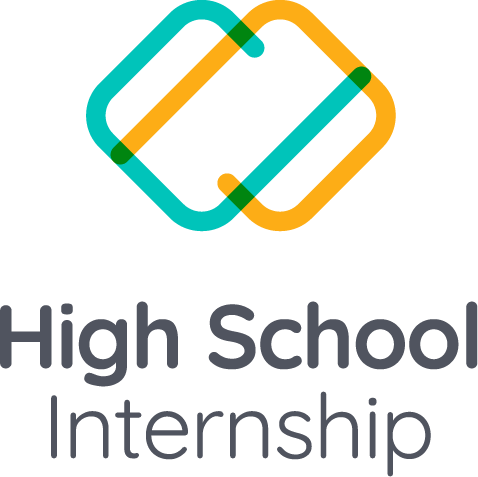Twenty-two years ago, I embarked on a journey at the helm of business elective classes in a Rhode Island high school, shaping minds for the future. Back then, the classroom technology landscape was vastly different. Computers stood solitary, reserved for tasks like typing (better known as keyboarding today), computer applications, and occasional essay typing requests.
Our teaching methods thrived on hands-on experiences. We scoured newspapers for stock market insights, ventured on budgeting field trips to the mall (yes, you read that right!), and simulated financial transactions with fake checks. Alongside, we delved into word processing, spreadsheet wizardry, and the art of precision typing, essential skills for the future.
Fast forward twelve years, and my classroom dynamic underwent a dramatic shift. Instead of high schoolers, I was teaching elementary students foundational digital skills in Introduction to Computers. Here, we focused on keyboarding, word processing, presentation creation, and navigating the internet responsibly, with virtual reality field trips to far-off lands, outer space, and beneath the ocean’s depths—still a solitary class.
In a decade, the focus shifted from high schoolers to elementary students, using nearly the same materials (obviously different subject matter). It’s incredible to see how far technology in education has come and the endless possibilities it offers. Yet, many assume today’s students, deemed digital natives, navigate the digital landscape effortlessly. While partially true, fundamental skills still need nurturing.
Some argue schools should shield students from omnipresent screens, but overlook the critical importance of digital literacy. It’s not just about devices; it’s about skills like information evaluation, digital etiquette, and design thinking.
In the dynamic education landscape, we as teachers must recognize the invaluable soft skills fostered through digital technology. Beyond technical competencies, students develop interpersonal skills, collaborating virtually, communicating effectively, and negotiating ideas. They learn adaptability and resilience, navigating challenges independently. Critical thinking thrives as they evaluate information sources and devise innovative solutions.
Crucially, digital citizenship emerges, fostering ethical behavior and responsible technology use. As educators, nurturing these soft skills alongside technical proficiency empowers students to thrive in an ever-evolving digital landscape.

